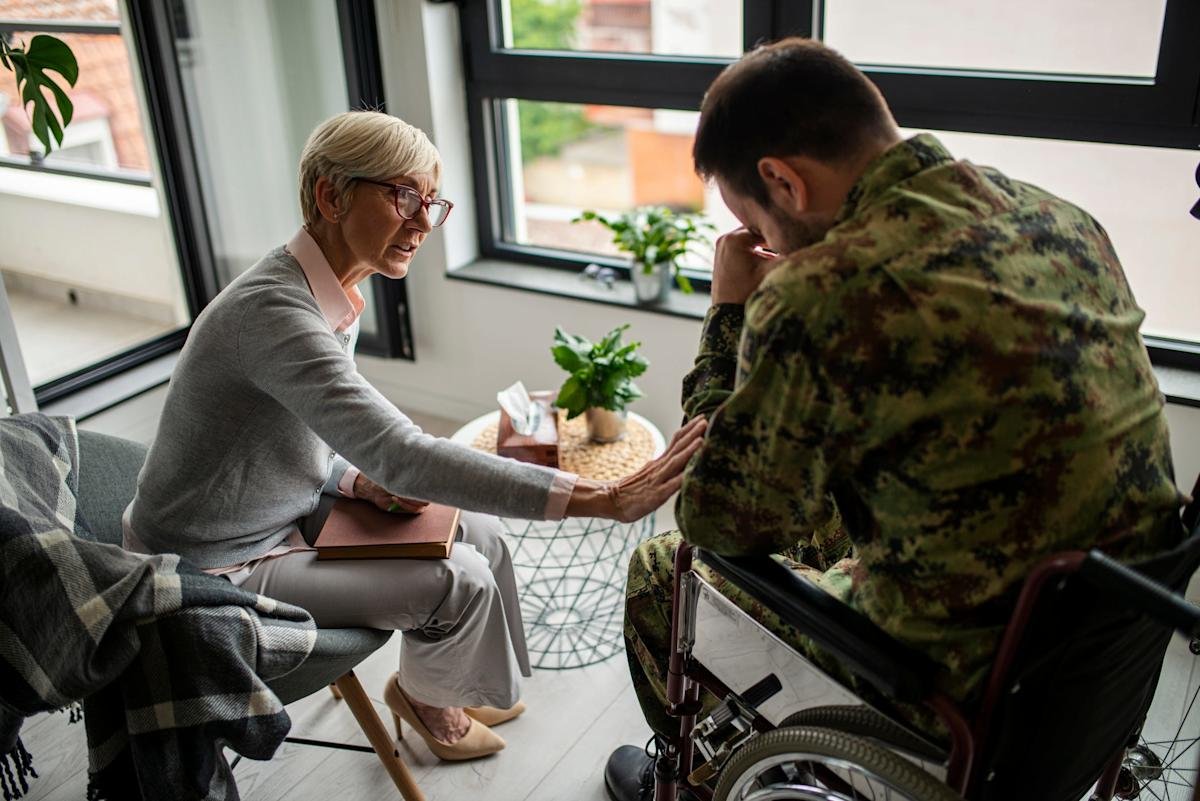Post-traumatic stress disorder (PTSD) is a psychiatric condition that can develop after a person experiences or witnesses a traumatic event. While not everyone who experiences severe trauma will develop PTSD, research indicates that many do, particularly when the trauma is human-caused, such as violence, abuse, or war.
Trauma can manifest in various forms, including natural disasters like hurricanes and earthquakes, chronic illnesses, and human-inflicted harm such as bullying or assaults. Studies show that traumatic experiences can have profound psychological effects, often leading to conditions like social anxiety, depression, and PTSD.
Statistics reveal that around 6% of the U.S. population will experience PTSD at some point in their lives, according to the U.S. Department of Veterans Affairs. Symptoms may surface within the first three months after the trauma but can also appear years later.
Symptoms of PTSD include: – Intrusive thoughts and memories – Distressing dreams or nightmares – Flashbacks to the traumatic event – Avoidance of reminders of the trauma – Heightened startle response – Difficulty sleeping and concentrating – Irritability and aggressive behavior – Emotional numbness or detachment from loved ones
The severity of these symptoms can range from mild disruptions in daily life to severe impairments that hinder functioning. As Amanda Darnley, a psychologist in Philadelphia, points out, the trauma’s after-effects can disrupt a person’s sense of safety and control long after the event has passed.
Various types of traumatic experiences can lead to PTSD, including firsthand abuse, military combat, and serious accidents. Witnessing violence or learning about a loved one’s trauma can also trigger symptoms. Factors affecting the likelihood of developing PTSD include personal resilience, social support, and prior mental health history. Notably, the majority of individuals who experience trauma do not go on to develop PTSD.
Treatment for PTSD typically involves psychotherapy. Effective approaches include: – Eye Movement Desensitization and Reprocessing (EMDR), which focuses on processing and integrating traumatic memories. – Cognitive Behavioral Therapy (CBT), which helps patients reframe negative thoughts and behaviors related to trauma. – Prolonged Exposure Therapy, which gradually exposes patients to trauma reminders in a safe environment. – Narrative Exposure Therapy, which allows patients to recount their traumatic experiences in detail.
In addition to these therapies, social support, relaxation techniques, and physical exercise can help alleviate symptoms. In some cases, medication may be prescribed to address specific PTSD symptoms.
With appropriate treatment and support, many individuals with PTSD can manage their symptoms and lead fulfilling lives. Jimmy Noorlander, a clinical social worker in Utah, emphasizes that recovery is possible, allowing individuals to find meaning and joy despite their past traumas.



